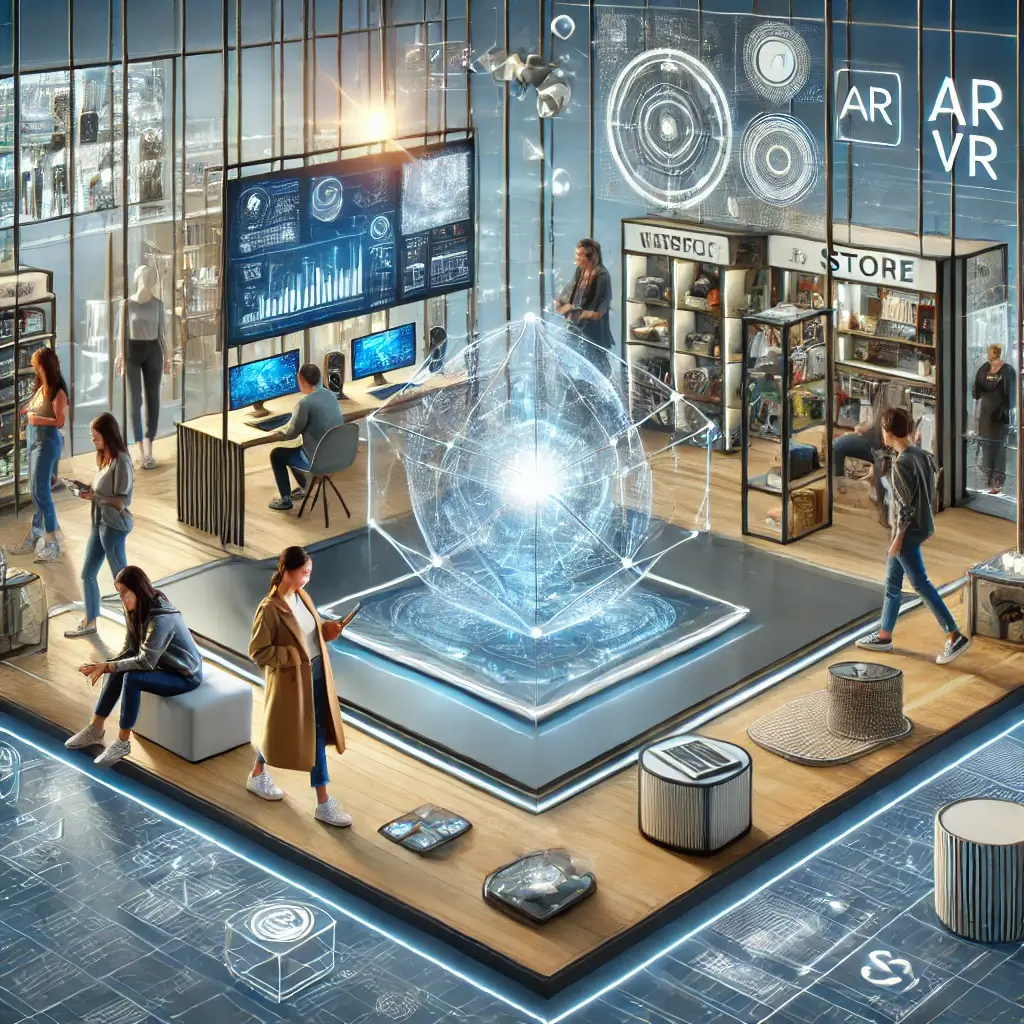The Rise of Immersive Brand Experiences in Modern Marketing
Experiential marketing, the art of creating immersive, real-world interactions that captivate consumers, has emerged as a dominant force in the branding landscape. This approach taps into the human need for connection and experience, elevating mere transactions into meaningful engagements. As we approach 2025, the fusion of technology with creativity is poised to redefine how brands connect with audiences. With augmented reality (AR), virtual reality (VR), and hyper-personalization taking center stage, companies are tasked with innovating beyond traditional methods to stay relevant.
The Emotional Impact Behind Experiential Marketing Success
Why does experiential marketing work so effectively? It appeals to emotions, encourages brand loyalty, and sparks organic word-of-mouth promotion. Moreover, by aligning campaigns with cultural trends and integrating cutting-edge technologies, brands can resonate deeply with their target audiences. A 2024 report by Statista emphasizes that brands adopting experiential strategies saw a 25% higher engagement rate compared to those using traditional approaches. This article explores some of the most successful experiential campaigns in recent years and distills actionable insights for marketers looking to craft their strategies in the coming years.
Learning from the Masters of Brand Experience
Lessons from Iconic Experiential Campaigns
Nike’s Revolutionary Approach to Physical Retail Spaces
1. Nike’s “House of Innovation”: Embracing Immersive Retail
Nike’s flagship stores, branded as “Houses of Innovation,” exemplify the integration of experiential marketing with retail strategy. Visitors are treated to interactive installations, customization options, and AR-enhanced experiences that blur the lines between digital and physical retail. According to Statista (2024), this initiative drove a 25% surge in store foot traffic, demonstrating the power of immersive engagement.
Key Insight: Incorporating AR and customization creates a memorable brand interaction that builds customer loyalty. This case shows how blending technology with physical retail spaces can significantly enhance consumer experience.
Coca-Cola’s Masterclass in Personal Connection
2. Coca-Cola’s “Share a Coke”: The Power of Personalization
Personalization was at the heart of Coca-Cola’s widely celebrated “Share a Coke” campaign. By replacing their iconic logo with popular names, the brand transformed its bottles into conversation starters. This initiative spurred significant social media activity, with an increase in sales of 7% during its initial phase (Campaign Monitor, 2023). The campaign’s viral success also highlighted the role of social sharing in driving engagement.
Key Insight: Personalization is a powerful tool to foster consumer connection and brand engagement. Coca-Cola’s success demonstrates how giving customers a sense of ownership over the product can drive both emotional connection and measurable business results.
IKEA’s Innovative Approach to Product Demonstration
3. IKEA’s “Sleepover in the Store”: Experiencing Comfort Firsthand
IKEA’s unique campaign invited select customers to experience their products overnight in an actual store. Participants enjoyed an immersive experience that highlighted IKEA’s commitment to comfort and functionality. This once-in-a-lifetime opportunity not only garnered widespread media attention but also reinforced the brand’s identity as a provider of comfort and innovation. A study by Forbes (2024) reported that this campaign boosted brand loyalty by 15% among participants.
Key Insight: Offering exclusive and tangible experiences can amplify customer affinity and media reach. By allowing consumers to “live” their brand, IKEA cultivated deeper trust and connection.
Adidas Embraces Technology for Enhanced Shopping
4. Adidas’ AR-Driven Pop-Up Shops: Engaging the Tech-Savvy Consumer
Adidas’ use of AR in pop-up retail locations created a buzz by allowing customers to interact with virtual product displays. Shoppers used smartphones to explore augmented reality installations, enhancing both engagement and convenience. The campaign’s innovative approach resulted in a 20% sales boost during its activation period (Forbes, 2024). This success underscores the value of integrating technology into consumer-facing initiatives.
Key Insight: Leveraging emerging technologies like AR can enhance engagement and drive sales. Adidas’ campaign highlights the growing consumer appetite for tech-savvy solutions that streamline the shopping experience.
Maximizing Digital Visibility for Experiential Marketing
The Role of SEO in Amplifying Experiential Campaigns
In today’s digital-first environment, even the most creative experiential marketing campaigns need robust SEO strategies to maximize reach. Incorporating targeted keywords, creating event-specific landing pages, and leveraging user-generated content can significantly enhance campaign visibility. For instance, optimizing AR features for voice and image search can tap into emerging consumer behaviors. A study by HubSpot (2024) found that experiential campaigns supported by strong SEO initiatives achieved 40% greater online engagement compared to those without.
Looking Forward: The Future of Brand-Consumer Connections
Conclusion
As experiential marketing continues to evolve, brands must adapt by leveraging emotions, personalization, and technology. Campaigns like those from Nike, Coca-Cola, IKEA, and Adidas showcase the limitless potential of this approach to captivate audiences. To remain competitive, marketers must embrace trends and integrate innovative tools that forge deeper connections with their audiences. In a rapidly changing digital age, these strategies will ensure brands not only survive but thrive. By combining these insights with effective SEO practices, marketers can amplify the impact of their experiential efforts, ensuring maximum reach and engagement.
Authoritative Sources for Further Research
References
Statista. “The Impact of Experiential Retail on Foot Traffic.” Published 2024. [Link]
Campaign Monitor. “Case Study: Coca-Cola’s Viral Marketing Success.” Published 2023. [Link]
Forbes. “Leveraging AR in Experiential Marketing: Adidas’ Success Story.” Published 2024. [Link]
HubSpot. “The Role of SEO in Modern Marketing Campaigns.” Published 2024. [Link]
